OCTOBER, 2019
1. National Black Dog Day, National Hair Day, Fire Pup Day, National Homemade Cookies Day, National Eat Fruit At Work Day.
2. National Produce Misting Day, National Custodial Workers Recognition Day, National Name Your Car Day, National Walk To School Day, National Pumpkin Seed Day, National Coffee With A Cop Day.
3. National Techies Day, National Boyfriend Day.
4. National Taco Day, National Golf Lover's Day, National Manufacturing Day, National Body Language Day.
5. National Get Funky Day, National Do Something Nice Day, National Apple Betty Day (If you're not familiar with this, it's a baked treat; also known as Apple Brown Betty or simply Brown Betty).
6. National Coaches Day, National Plus Size Appreciation Day, National Mad Hatter Day, National German-American Day, National Noodle Day.
7. National Chocolate Covered Pretzel Day, National LED Light Day, National Frappe Day, National Inner Beauty Day, National Consignment Day, National Child Health Day.
8. National Fluffernutter Day, National Pierogi Day, American Touch Tag Day,
9. National Leif Erikson Day, National Moldy Cheese Day, National Emergency Nurses Day, National Bring Your Teddy Bear (or frog) To Work Day, National Stop Bullying Day.
10. National Curves Day, National Angel Food Cake Day, National Cake Decorating Day, National Handbag Day (that's also a purse), World Mental Health Day.
11. International Day Of the Girl Child, National Sausage Pizza Day, National Coming Out Day, General Pulaski Memorial day.
12. National Savings Day, National Freethought Day. National Farmer's Day, National Gumbo Day, National Chess Day, National Costume Swap Day, National Motorcycle Ride Day, I love Yarn Day.
13. National Train Your Brain Day, National Yorkshire Pudding Day, Clergy Appreciation Day, National No Bra Day.
14. Be Bald And Be Free Day, National Kick Butt Day, Native American Day, Columbus Day, Thanksgiving Day (Canada), National Online Bank Day.
15. National Aesthetician Day, National Cheese Curd Day, National I Love Lucy Day, National Grouch Day, National White Cane Safety Day, National Pharmacy Technician Day
16. National Dictionary Day, Global Cat Day, Department Store Day (remember them?), Hagfish Day, Support Your Local Chamber of Commerce Day, National Fossil Day,National Take Your Parents To Lunch Day, Boss's Day.
17. National Edge Day, National Mulligan Day, National Pasta Day, Black Poetry Day, National Get Smart About Credit Day, Get To Know Your Customers Day.
18. National Chocolate Cupcake Day, National No Beard Day, National Mammography Day.
19. National Seafood Bisque Day, National Sweetest Day.
20. National Youth Confidence Day.
21. National Pumpkin Cheesecake Day, National Reptile Awareness Day, National Clean Your Virtual Desktop Day.
22. National Make A Dog's Day Day, National Nut Day, National Color Day.
23. National Boston Cream Pie Day (even if it's really a cake), National Mole Day, National TV Talk Show Host Day (Johnny Carson's Birthday). Swallows Depart From San Juan Capistrano Day, iPod Day.
24. National Food Day, National Bologna Day, United Nations Day.
25. National Greasy Food Day, Sourest Day, National Frankenstein Friday, National Breadstick Day, Chucky, The Notorious Killer Doll Day.
26. National Financial Crime Fighter Day, National Day Of The Deployed, National Mule Day, National Pumpkin Day, National Make A Difference Day.
27. National Black Cat Day, National Mother-In-Law Day.
28. National Chocolate Day (With this to celebrate, we don't need anything else!).
29. National Cat Day, National Hermit Day, National Oatmeal Day, National Stroke Day.
30. National Speak Up For Service Day, National Publicist Day, National Candy Corn Day.
31. National Doorbell Day, National Caramel Apple Day, National Knock-Knock Jokes Day, National Magic Day, Girl Scout Founder's Day and, of course, HALLOWEEN!
Can you believe all this cool stuff we have to celebrate in October? There's everything from (pumpkin) soup to nuts. How will I ever decide which ones are my favorites? It'll be tough but once I get my list down to a reasonable number, then I'll hop off to the Lily Pad Party Store and my local food market for all my ingredients and supplies.
Tomorrow is National Fire Pup Day and for fun, I thought we'd look at how the delightful Dalmatian became the most common and popular of all fire dogs. Until then, save a super Monday and a very cool week!
PEACE

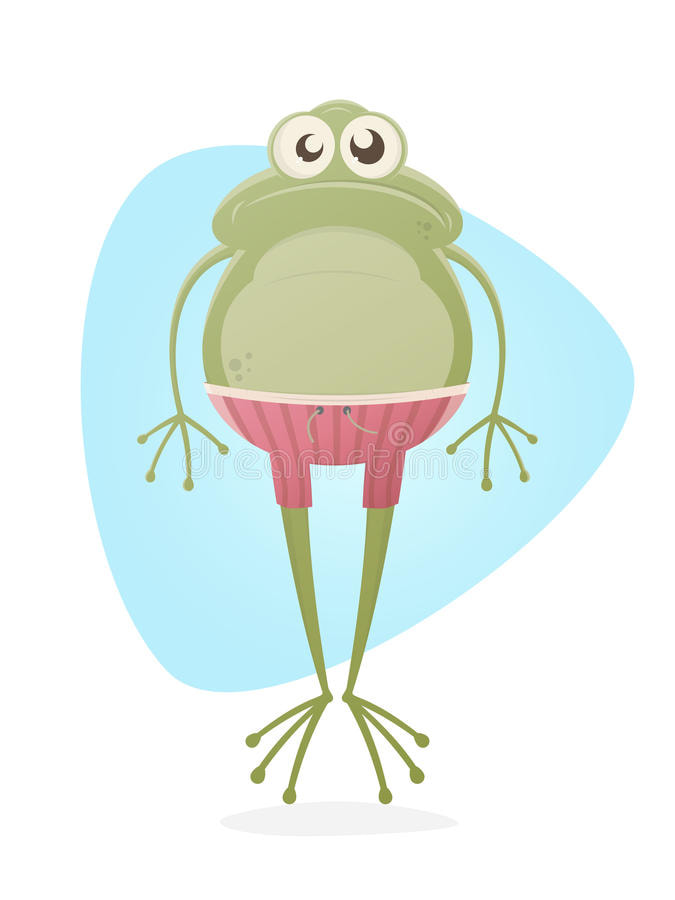

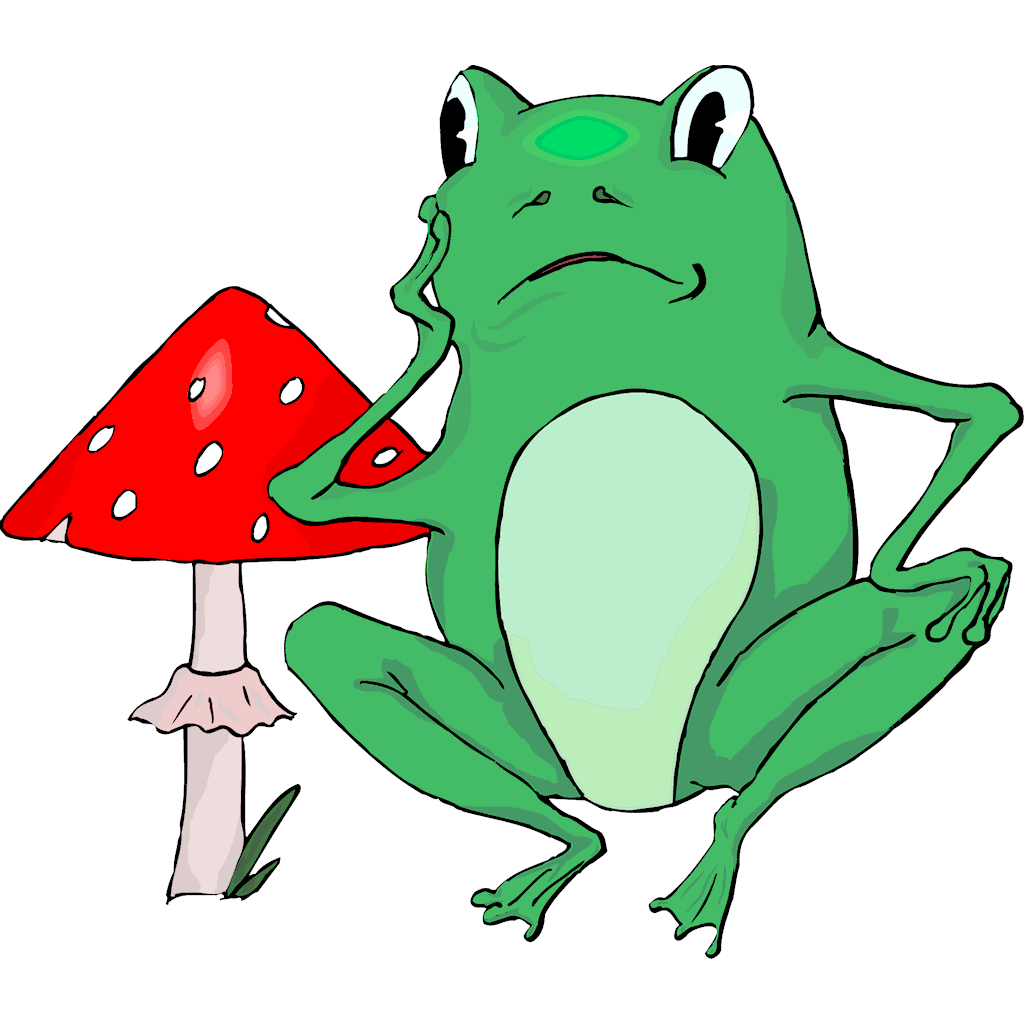


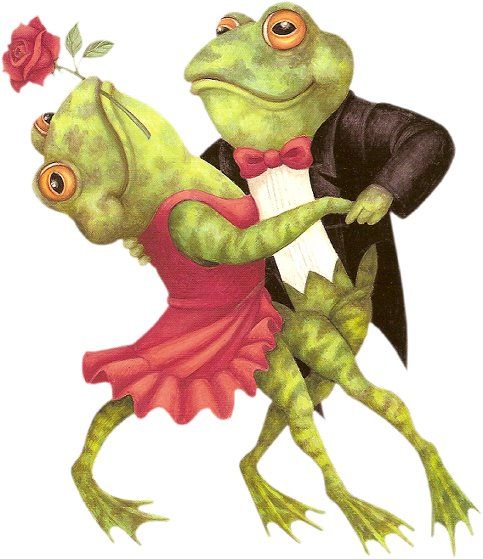
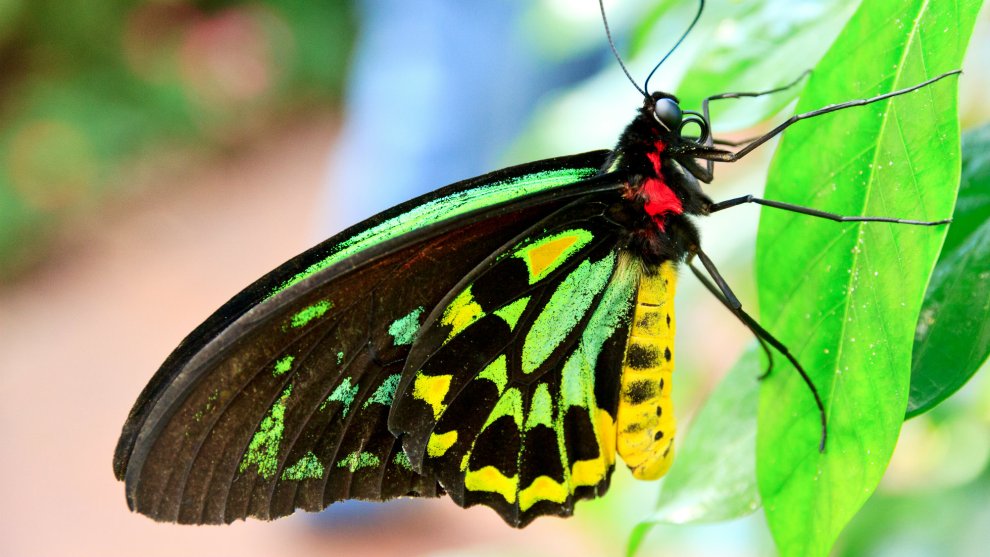
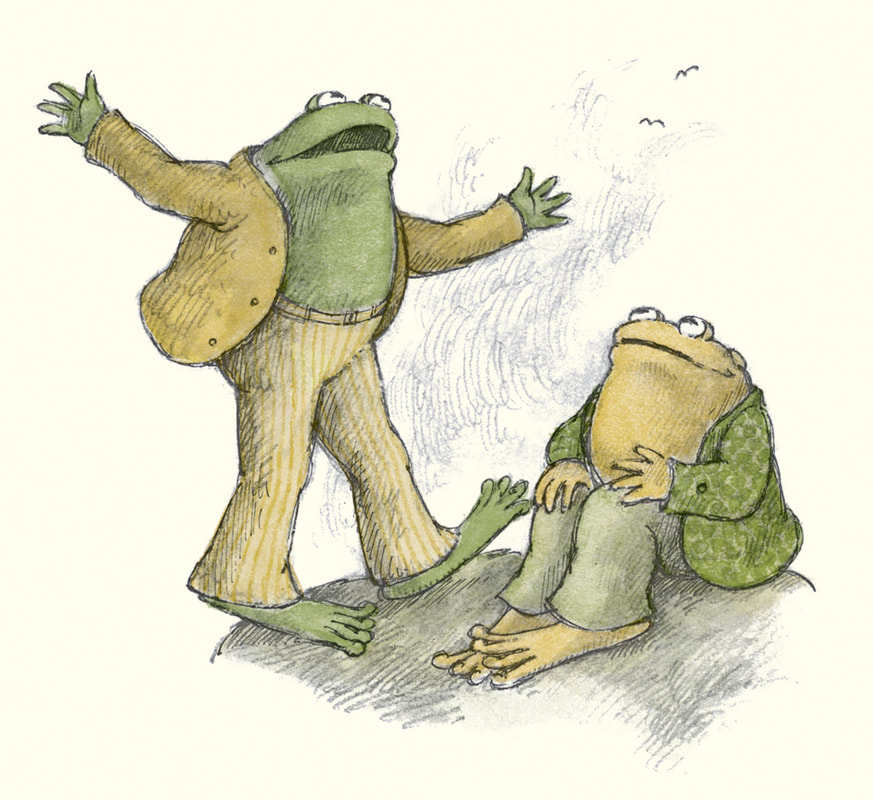

 RSS Feed
RSS Feed